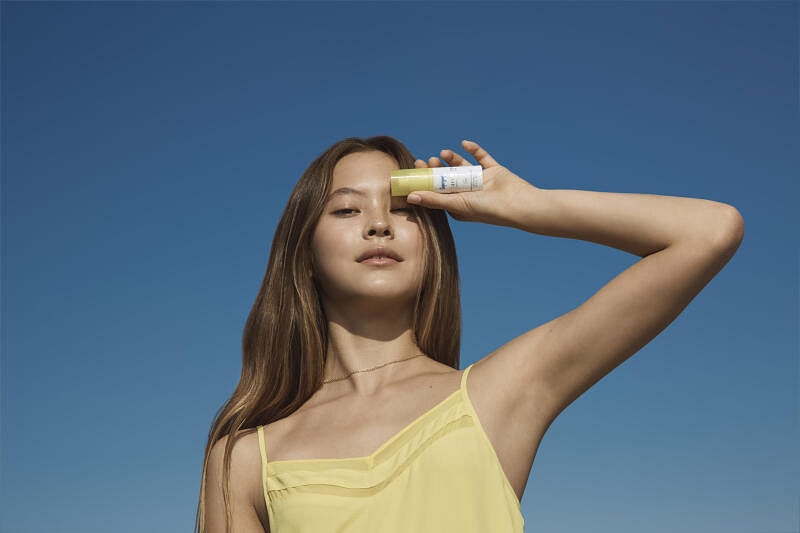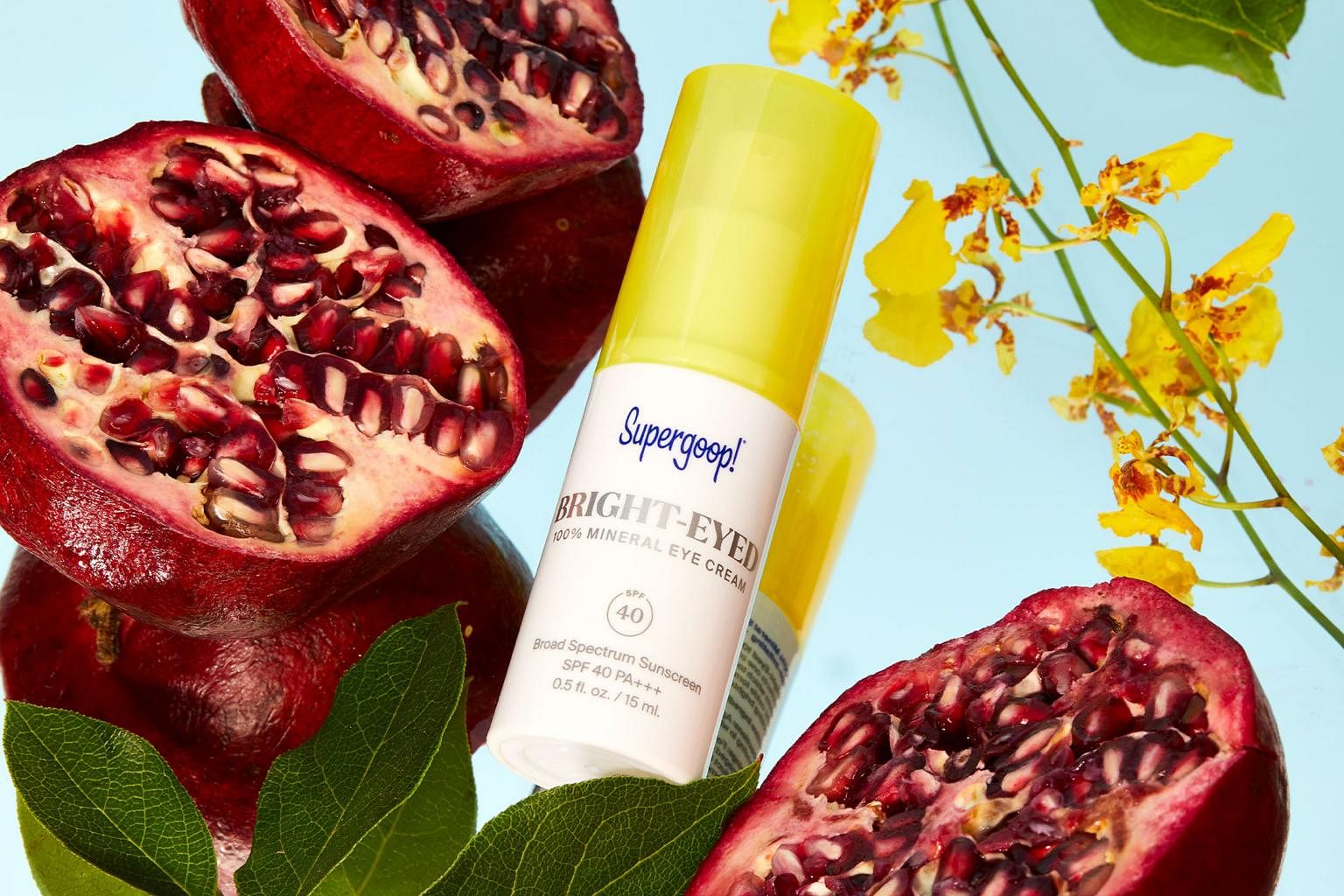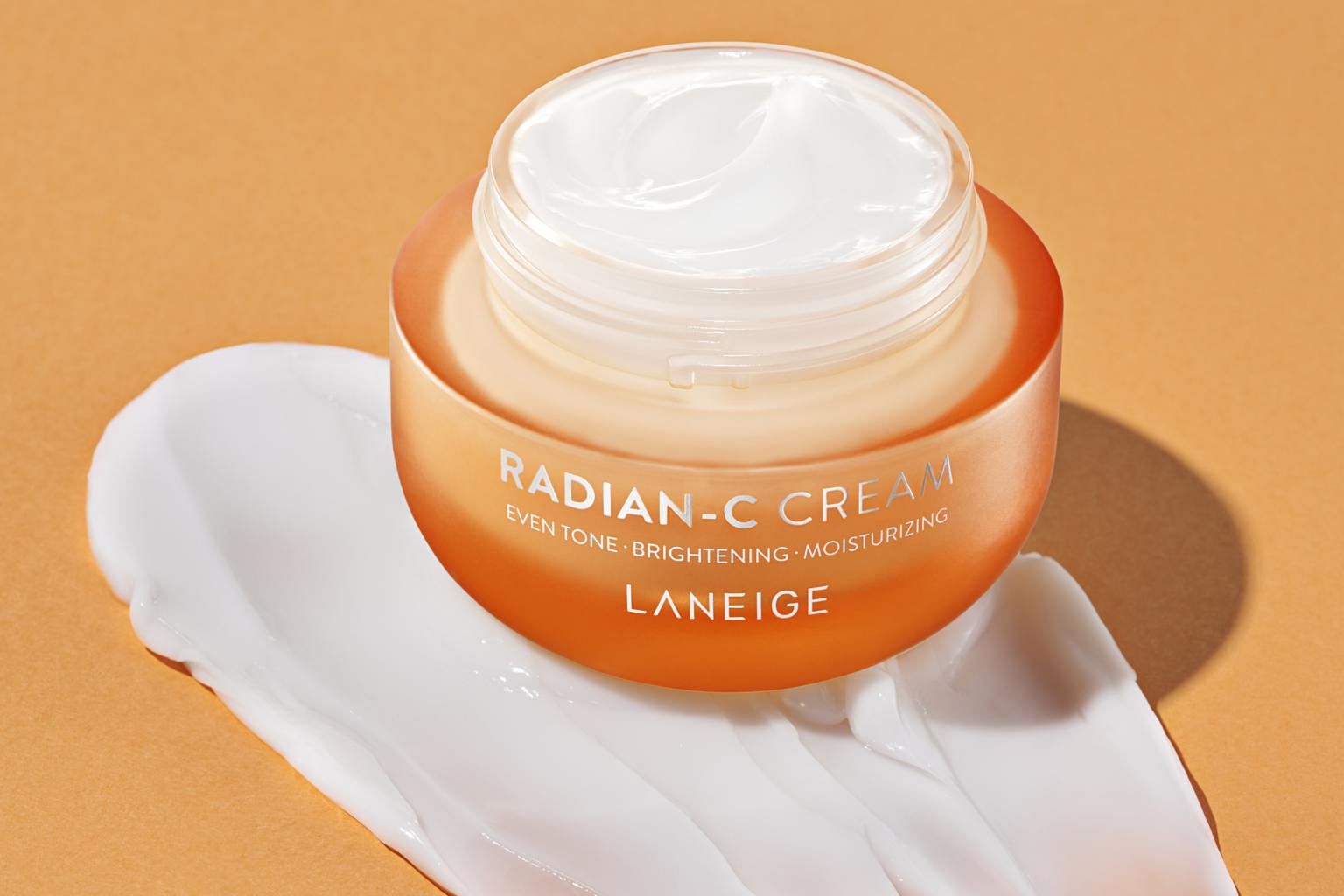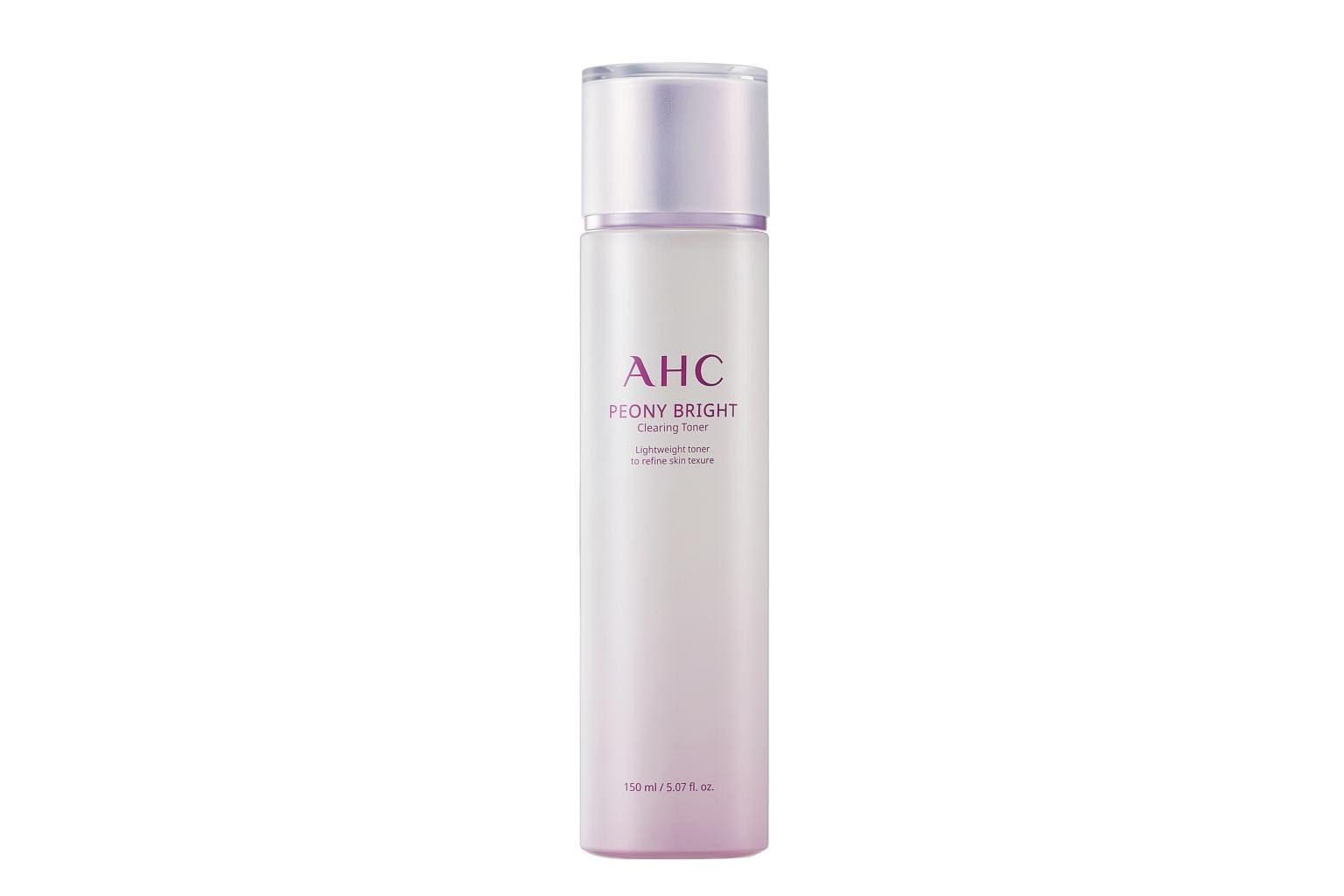Beauty bits and tricks to beat blue-light damage indoors
Sign up now: Get ST's newsletters delivered to your inbox

Long-term exposure to blue light may speed up the skin ageing process.
PHOTO: PIXABAY
Follow topic:
SINGAPORE - Covid-19 could be ageing your skin faster than you think.
The culprit? Blue light emitted from digital devices.
Exposure to blue light, which is part of the visible light spectrum, is likely to increase as people spend more time indoors either working or social distancing because of the pandemic.
Used in LEDs to illuminate television monitors, computers and mobile phones, blue light has been getting attention from medical professionals in recent years.
It is not all bad. The biggest source of it is sunlight, and a healthy dose in the daytime regulates the body clock and promotes alertness, memory and cognition, says aesthetic doctor Chiam Chiak Teng, resident physician at Ensoul Medical Clinic.
But over-exposure to short-wave blue light in particular - with wavelengths between 415mm and 455mm - can be harmful to the eyes and circadian rhythm or sleep cycle.
Now, new research is beginning to show that the skin is at risk too. Long-term exposure to blue light may speed up the skin ageing process.
Dr Chiam says: "A number of studies seem to suggest that blue light contributes to skin ageing by exerting oxidative stress on the skin, similar to UVA rays."
Oxidative stress occurs when there are more free radicals than antioxidants that the body can process, which can lead to cell damage. Though a natural part of the ageing process, this can accelerate pigmentation, wrinkles, and loss of skin elasticity.
A small but seminal study published in the Journal of Investigative Dermatology in 2010 found that skin exposed to blue light from the sun experienced darker and more lasting hyperpigmentation, than when the same person's skin was exposed to UVA rays.
Medical doctor Benjamin Yim from local skincare clinic IDS Clinic notes that individuals with underlying hyperpigmentation conditions are more susceptible to oxidative stress: "Blue light actually penetrates deeper than UVA and UVB into the dermis layer, creating free radicals that can break down collagen and elastin, and causing inflammation to the skin."

PHOTO: COURTESY OF SUPERGOOP
Global beauty companies have been quick to cash in, pumping dollars into products that claim to offer solutions. Early player Estee Lauder was the first skincare company to publicly establish a link between the circadian rhythm and skin repair.
With this they formulated the now cult favourite serum Advanced Night Repair, first launched in 1982, which promotes nighttime repair and offers blue-light protection.
Back home, local company Crystal Tomato, known for its oral supplements, created its first sunscreen promising 54 per cent blue-light protection last year, after five years of clinical testing.
Still, experts say there is no need to panic and order blue-light skincare by the crate.
Dr Chiam says: "The benefits of these products are usually difficult to evaluate in the short term, as effects like photoageing occur over a long period of time."
At best, those with pigmentation problems may notice their pigmentation getting lighter, or generally better controlled.
It may be better to use products with antioxidant properties instead, which can reduce and repair skin damage caused by radiation that includes UV rays, he adds.
Products rich in antioxidants, he says, also have proven benefits in reducing skin sensitivity to light, preventing skin from becoming red as easily. Ingredients to look out for include Vitamin A or retinol, Vitamins C and E, and niacinamide.
When choosing sunscreen, opt for a physical sunscreen over a chemical one. Physical sunscreens use natural minerals to create a barrier between your skin and the sun, while chemical sunscreens prevent the sun's harsh UV rays from going into your skin by absorbing them.
Those with ingredients like zinc oxide protect better by forming a physical barrier against the light, he advises.
Dr Yim also suggests products with Calendula Officinalis. The marigold extract with anti-inflammatory properties contains lutein, which can filter out as much as 90 per cent of the high-energy blue wavelengths in visible light.
Dr Chiam says whether blue light from screens is significant enough to cause serious skin damage is still inconclusive.
"But given that the effects seem to be mostly negative, there is little harm in managing one's exposure to it."
TIPS TO REDUCE BLUE-LIGHT EXPOSURE
#1 Download a blue light filter app on your device
If cutting down on screen time is not feasible, such apps will help minimise the exposure to blue light from your screens, says Dr Chiam.
They swop out the blue light for warm-toned light, reducing strain on both your eyes and skin. Some smartphones come with timed 'night mode' settings that do the same thing.
#2 Take regular breaks from looking at the computer screen
Where possible, take regular breaks from your computer screen if you're working from home, advises Dr Yim. A good rule to follow is the 20-20-20 rule: for every 20 minutes spent looking at a screen, look at something 20 feet (about six metres) away for 20 seconds.
#3 Eat a balanced diet rich in antioxidants
"As most of the damage done by blue light is oxidative in nature, a diet rich in antioxidants will give you the best chance at combating its effects," says Dr Chiam.
Eat fruits (rich in Vitamin C), green leafy vegetables like spinach (Vitamins A and E), and carotenoid foods like carrots, tomatoes, kale, and pumpkin - though carotenoids should be taken in moderation, as too much can cause the skin to look orange.
Vitamin A, found in beef liver and cod-liver oil, can also prevent night blindness, says Dr Yim.
#4 Supplement with blue-light protection skincare
Added protection over your regular skincare regime can provide some peace of mind.
1. Supergoop Bright-Eyed 100% Mineral Eye Cream SPF 40, $55

This daytime eye cream from suncare-centric skincare brand Supergoop offers blue-light protection, on top of the standard protection from UVA and UVB rays. The formula also contains a blend of probiotics, pomegranate and caffeine to help brighten dark under-eyes.
Available online at Sephora.
2. Laneige Radian-C Cream, $68

A multi-tasking cream that cuts your skincare routine time in half, this lightens dark spots and hyperpigmentation, reducing inflammation and redness caused by blue-light exposure.
The Vitamin C in this lightly whipped but rich cream also helps to brighten dull skin.
3. AHC Peony Bright Clearing Toner, $42

The new Peony Bright range from AHC was created to brighten complexion, but also contains niacinamide that protects against oxidative stress and sun damage.

